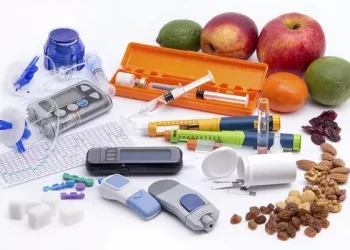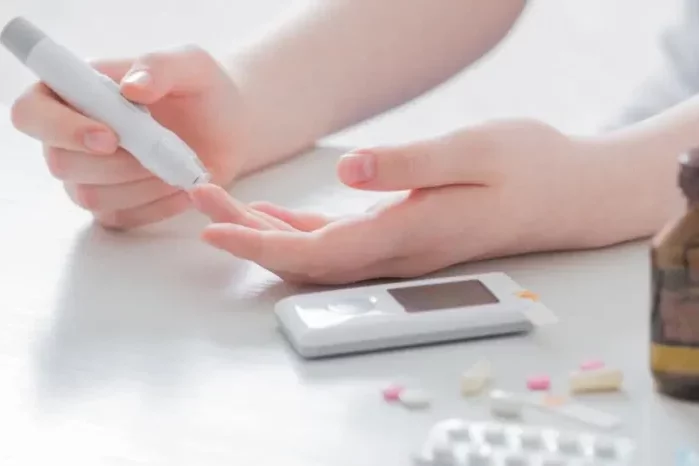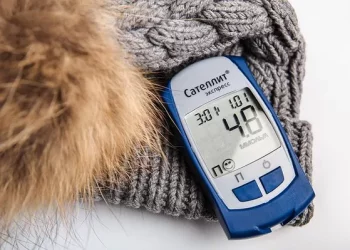Hypoglycemia, commonly known as low blood sugar, is a potentially dangerous condition that requires immediate and appropriate dietary intervention. While consuming the right foods can effectively restore glucose levels, many common food choices can paradoxically worsen the situation by causing rapid spikes followed by steep crashes. This in-depth guide examines which foods to avoid during hypoglycemic episodes, explains the physiological mechanisms behind their negative effects, and provides science-backed alternatives for maintaining stable glucose levels.
The Hidden Dangers of High-Sugar Candies and Sweets
While candies, gummies, and sugary snacks may seem like logical quick fixes for low blood sugar, they often create more problems than they solve. These pure sugar sources cause an immediate and dramatic spike in blood glucose levels, triggering an exaggerated insulin response that frequently leads to rebound hypoglycemia. Without any accompanying protein, fiber, or healthy fats to moderate absorption, these simple carbohydrates digest too rapidly, providing only temporary relief followed by another glucose crash. Hard candies, jelly beans, and other concentrated sweets are particularly problematic because they offer no nutritional value beyond empty calories.
Fruit Juices
Many people reach for orange juice or apple juice when experiencing hypoglycemia, but this common remedy has significant drawbacks. While the natural sugars in fruit juice can raise blood glucose quickly, the absence of fiber (which is removed during juicing) means this sugar enters the bloodstream too rapidly. This leads to unstable glucose fluctuations rather than the sustained energy release needed for proper hypoglycemia recovery. Additionally, the high fructose content in some juices may impair liver glucose production, potentially prolonging the hypoglycemic state. A small amount may be acceptable in emergencies, but should always be followed by more balanced nutrition.
Refined White Bread and Pastries
White bread, donuts, croissants, and other refined flour products represent one of the worst choices for hypoglycemia management. These foods are high in rapidly digested carbohydrates but completely lacking in the fiber, protein, and healthy fats needed to moderate glucose absorption. The refining process strips away the bran and germ, removing nearly all nutrients and leaving only simple starches that convert to glucose almost immediately upon digestion. This creates a sharp blood sugar spike followed by an inevitable crash, often leaving the individual feeling worse than before they ate.
Sugary Breakfast Cereals
Many popular breakfast cereals marketed as “energy-boosting” are actually terrible choices for preventing or treating hypoglycemia. These products typically contain high amounts of added sugars (often multiple types) combined with refined grains, creating a perfect storm for blood sugar instability. The lack of substantial fiber means the carbohydrates are absorbed too quickly, while the absence of adequate protein prevents sustained glucose release. Even cereals advertised as “whole grain” often contain enough added sugar to negate any potential benefits for blood sugar control.
Regular Soda
Sugar-sweetened soft drinks represent perhaps the most dangerous common food item for someone experiencing low blood sugar. The combination of high-fructose corn syrup or sucrose with carbonated water creates a substance that raises blood glucose at an alarming rate, almost guaranteeing a subsequent crash. The liquid form means absorption begins immediately in the mouth, bypassing much of the normal digestive process. This extreme glucose spike triggers excessive insulin secretion, which frequently drives blood sugar back down to dangerous levels. Furthermore, soda provides absolutely no nutritional value beyond empty calories.
Alcohol
Alcoholic beverages pose multiple threats to individuals experiencing or prone to hypoglycemia. Alcohol directly inhibits the liver’s ability to produce and release glucose, which is the body’s primary defense against falling blood sugar levels. This effect can persist for several hours after consumption, significantly prolonging hypoglycemic episodes. Sweet cocktails are particularly dangerous because the added sugars may initially raise blood glucose, creating a false sense of security while the alcohol simultaneously blocks the liver’s glucose production. Even moderate drinking can impair the body’s normal counter-regulatory responses to low blood sugar.
Energy Drinks
The combination of high sugar content and stimulants like caffeine in energy drinks makes them particularly problematic for blood sugar control. While the sugar provides a rapid (but short-lived) increase in blood glucose, the caffeine and other stimulants can mask the physical symptoms of hypoglycemia, making it harder to recognize when blood sugar is dropping again. Additionally, caffeine may increase insulin sensitivity in some individuals, potentially accelerating the blood sugar crash that follows the initial spike. The diuretic effect of caffeine can also contribute to dehydration, which may further complicate glucose metabolism.
Flavored Yogurts
While plain yogurt can be an excellent food for blood sugar management, most flavored varieties contain shockingly high amounts of added sugar – sometimes equivalent to dessert. These products typically lack sufficient protein or healthy fats to moderate the absorption of their high sugar content. The result is a rapid but unsustained rise in blood glucose that does little to prevent subsequent hypoglycemia. Even yogurts marketed as “light” or “diet” often contain artificial sweeteners that provide no actual glucose when needed most.
Honey and Maple Syrup
While more natural than refined sugar, honey, maple syrup, and other liquid sweeteners still present the same fundamental problems for hypoglycemia management. These concentrated sugar sources cause blood glucose to rise too quickly without providing any of the moderating nutrients needed for stable recovery. Their slightly more complex sugar composition may delay absorption by minutes compared to table sugar, but not enough to prevent the characteristic spike-and-crash pattern. Small amounts may be acceptable in emergencies when combined with other foods, but should never be the sole treatment for hypoglycemia.
Fast Food Meals
The typical fast food meal – featuring a white flour bun, fried potatoes, and sugar-sweetened sauce or soda – represents one of the worst possible combinations for maintaining stable blood sugar. These meals are high in rapidly digested carbohydrates while being low in fiber, quality protein, and healthy fats. The high glycemic load triggers excessive insulin release, often leading to reactive hypoglycemia hours after eating. The excessive sodium content may also contribute to dehydration, which can further impair glucose metabolism.
Artificially Sweetened Foods
Sugar-free snacks, candies, and desserts provide no actual glucose and therefore cannot effectively treat hypoglycemia. While they may help prevent high blood sugar in other contexts, relying on them during a low blood sugar episode can dangerously delay proper treatment. Some artificial sweeteners may even trigger insulin release in certain individuals, potentially worsening hypoglycemia without providing any glucose to compensate. These products should never be used as a treatment for active low blood sugar.
Processed Snack Bars
Many granola bars, cereal bars, and “energy” bars are essentially candy in disguise, containing multiple forms of added sugar along with refined grains. Even products marketed as “protein bars” often have insufficient protein to balance their high carbohydrate content. The compact form means these bars deliver a concentrated dose of quickly absorbed sugars that can spike blood glucose rapidly but fail to maintain levels over time. Always check nutrition labels carefully, as many bars contain 20+ grams of sugar per serving.
Conclusion
Effective management of low blood sugar requires avoiding foods that cause rapid spikes and subsequent crashes in glucose levels. Instead, focus on balanced snacks that combine complex carbohydrates with protein and healthy fats to provide sustained energy. Good choices include nuts with a small portion of fruit, whole grain crackers with cheese, or a hard-boiled egg with whole grain toast. Always monitor your blood glucose levels carefully after treating hypoglycemia, and work with your healthcare provider to develop a personalized prevention and treatment plan. Remember that consistent eating patterns, regular monitoring, and understanding your body’s unique responses are the keys to successful long-term blood sugar management.























